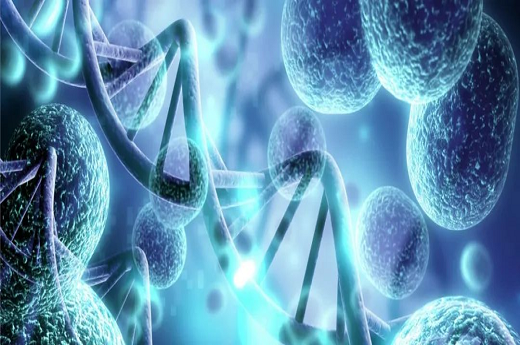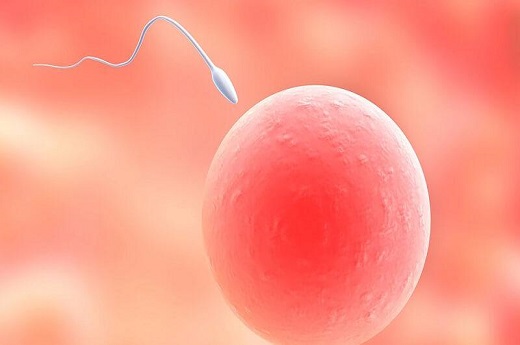试管婴儿技术的发展为那些想要孩子却受制于生理限制的夫妇带来了希望。对于一些潜在的遗传疾病,如四川鱼鳞病和鱼鳞病,父母可能担心这些疾病是否会遗传给他们的孩子。幸运的是,科学家们在这方面已经取得了一定的进展,通过一系列方法,他们正在努力降低这些遗传疾病的风险。
The advancement of in vitro fertilization (IVF) techniques has brought hope to couples who desire children but are constrained by physiological limitations. However, for some potential genetic disorders such as Sichuan ichthyosis and ichthyosis, parents may be concerned about whether these diseases will be inherited by their offspring. Fortunately, scientists have made progress in this area, and through a series of methods, they are working to reduce the risk of these genetic diseases.

1. 人工授精
人工授精是一种常见的试管婴儿技术,它允许医生在受精过程中筛选出携带特定基因突变的,从而降低将这些基因传递给后代的风险。
Artificial insemination is a common IVF technique that allows doctors to screen sperm carrying specific gene mutations during the fertilization process, thus reducing the risk of passing on these genes to offspring.
1.1 选择健康
通过评估的遗传信息,医生可以选择健康的进行受精,从而减少患有遗传疾病的风险。

By assessing the genetic information of sperm, doctors can select healthy sperm for fertilization, thereby reducing the risk of inherited genetic disorders.
1.2 体外受精前遗传诊断
在体外受精过程中,医生可以对胚胎进行遗传诊断,排除携带特定基因突变的胚胎,从而避免患有遗传疾病的婴儿的诞生。
During in vitro fertilization, doctors can perform genetic diagnosis on embryos to exclude those carrying specific gene mutations, thus avoiding the birth of babies with genetic disorders.

2. 基因编辑
随着基因编辑技术的发展,科学家们开始探索使用CRISPR等工具来修复或修改患有遗传疾病的基因,以避免这些疾病在后代中的传播。
With the development of gene editing technology, scientists have begun to explore the use of tools such as CRISPR to repair or modify genes with genetic disorders, thereby preventing the transmission of these diseases to offspring.
2.1 基因修复
通过基因编辑技术,科学家们可以修复患有遗传疾病的基因,从而降低将这些疾病传递给后代的风险。
Through gene editing technology, scientists can repair genes with genetic disorders, thus reducing the risk of passing these diseases on to offspring.
2.2 基因修改
在一些情况下,基因编辑技术可以用来修改患有遗传疾病的基因,使其不再表现出病理性,从而避免后代患病。
In some cases, gene editing technology can be used to modify genes with genetic disorders so that they no longer exhibit pathological characteristics, thus preventing offspring from getting sick.
3. 胚胎选择
通过对胚胎进行遗传诊断和筛选,医生可以选择携带健康基因的胚胎进行植入,从而避免患有遗传疾病的婴儿的诞生。
By performing genetic diagnosis and screening on embryos, doctors can select embryos carrying healthy genes for implantation, thereby avoiding the birth of babies with genetic disorders.
3.1 早期胚胎筛选
在胚胎发育的早期阶段,医生可以对胚胎进行遗传筛选,排除携带特定基因突变的胚胎,从而降低患有遗传疾病的风险。
During the early stages of embryo development, doctors can perform genetic screening on embryos to exclude those carrying specific gene mutations, thus reducing the risk of genetic disorders.
3.2 胚胎植入前遗传诊断
在胚胎植入子宫之前,医生可以进行遗传诊断,排除携带特定基因突变的胚胎,从而降低患有遗传疾病的风险。
Before embryo implantation, doctors can perform genetic diagnosis to exclude embryos carrying specific gene mutations, thus reducing the risk of genetic disorders.
4. 遗传咨询
遗传咨询是一种重要的试管婴儿前辅助技术,通过与遗传学专





